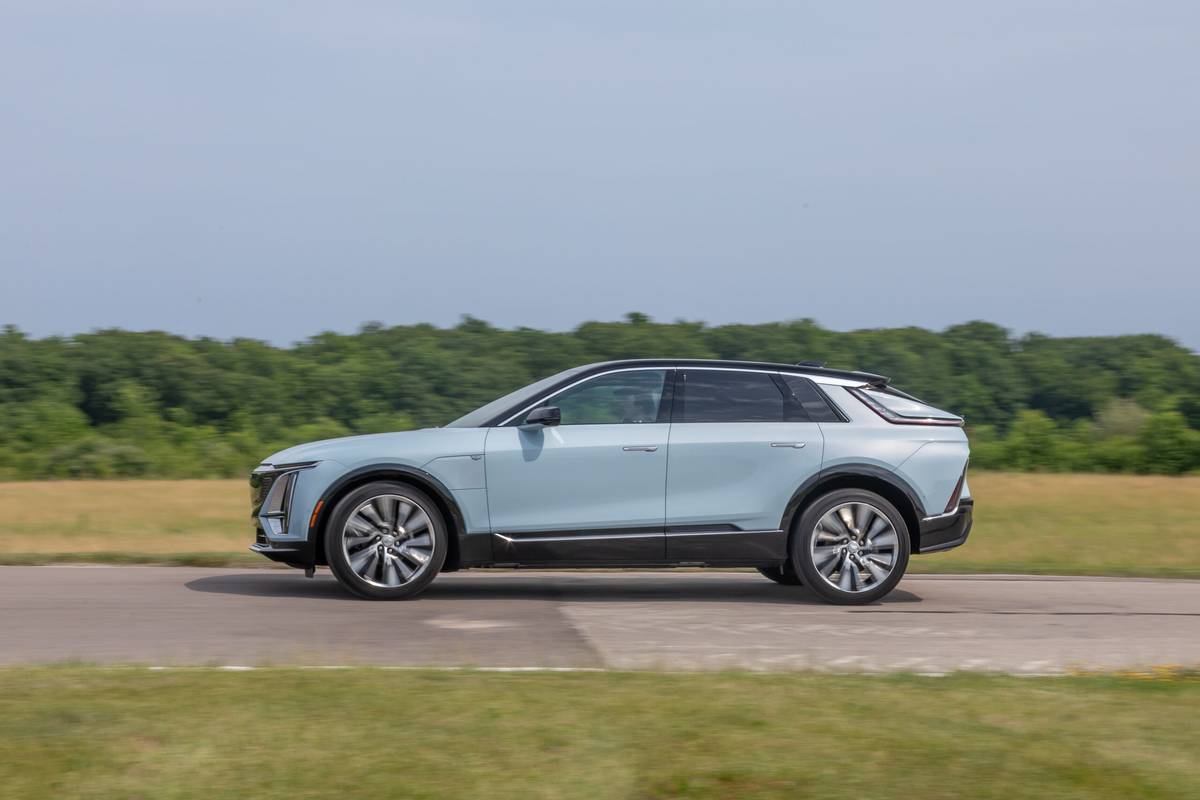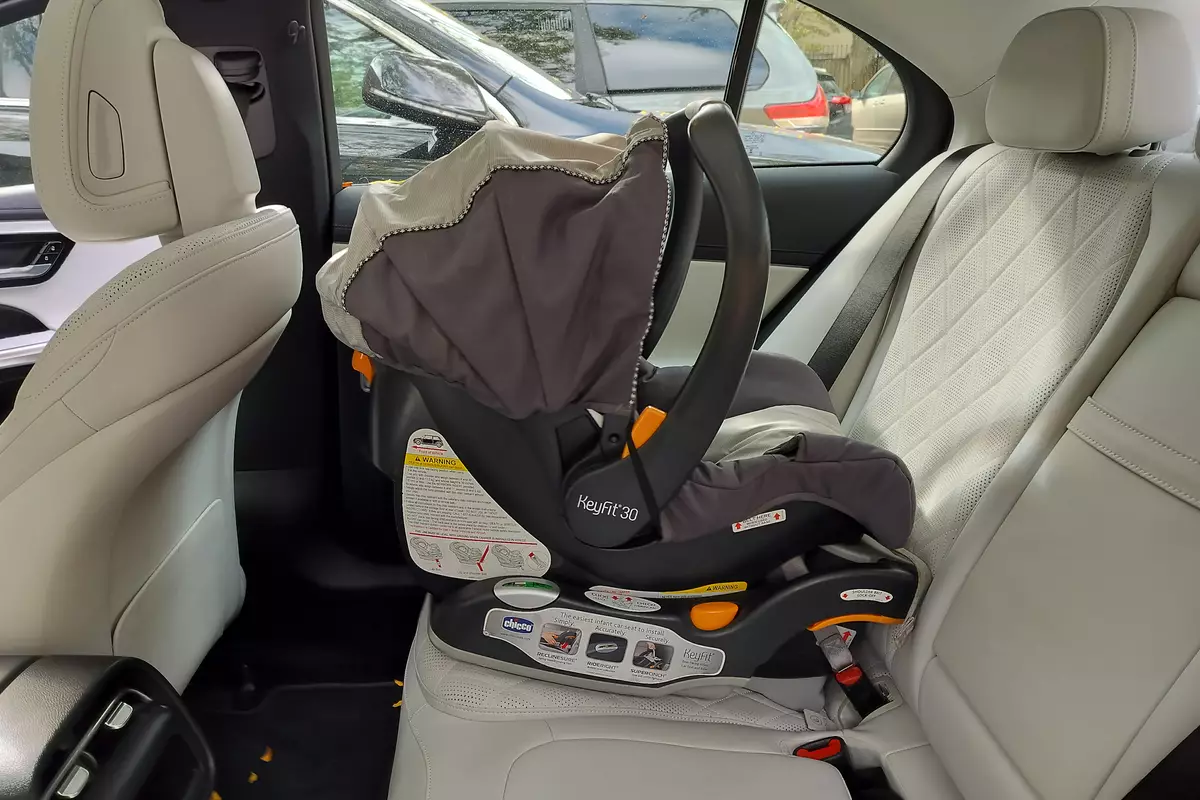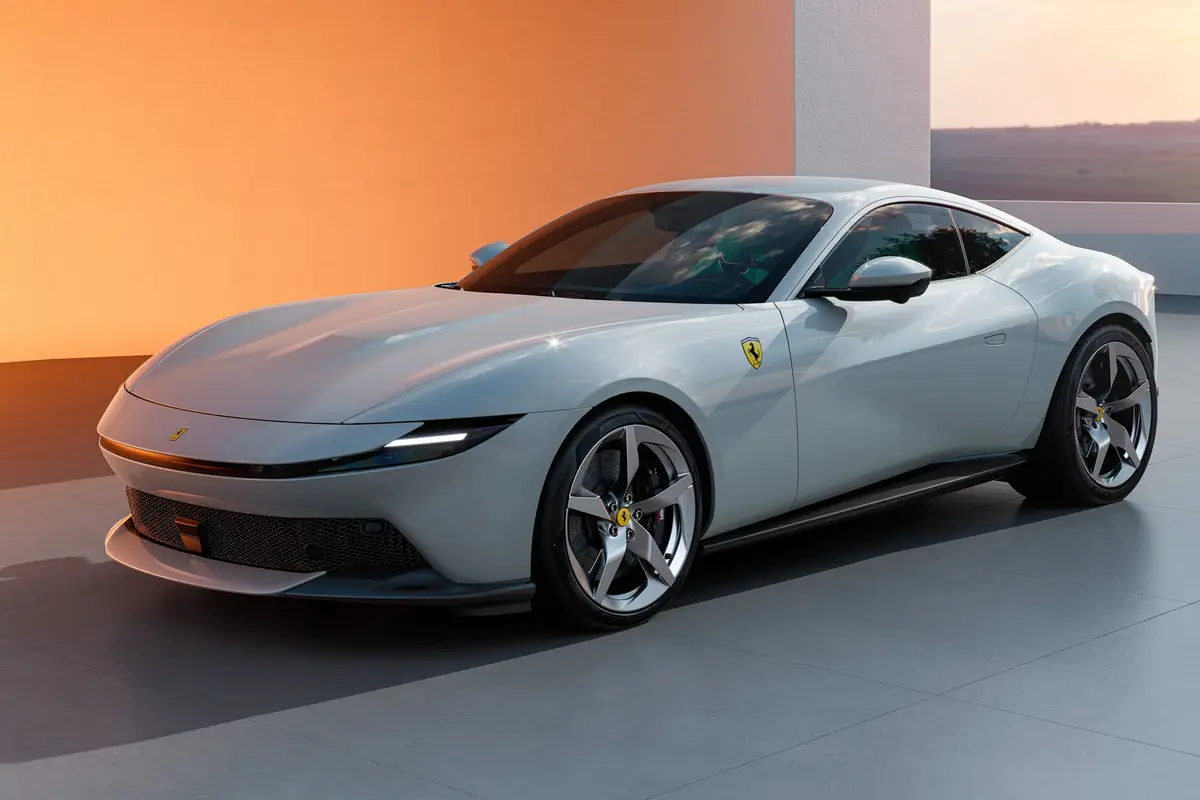chicagotribune.com's view
When Chrysler Corp. let it be known it was going to introduce mini-vans to the market as replacements for station wagons, the automaker wasn’t taken too seriously.
In fact, Ford and Chevy snickered.
When Chrysler’s front-wheel-drive Dodge Caravan and Plymouth Voyager arrived for the 1984 model year, the pair proved to be such a success the competition was caught with its fenders down.
Ford Motor Co. rushed its Aerostar mini-van to market in mid-1985 as a 1986 model. To save time, Ford simply built Aerostar on a rear-wheel-drive platform, as did rival Chevrolet with its rear-wheel-drive Astro mini-van. Ford and Chevy said mini-vans were meant to be rear-wheel-drive vehicles because people would buy them to tow boats or carry two-by-fours rather than to haul their children. People haulers? That’s what station wagons were for.
Chrysler’s front-wheel-drive mini-vans have been the No. 1 sellers in that market segment since Day 1. In 1992 they sold a record 445,165 units between them, 244,149 Caravans and 201,016 Voyagers.
General Motors Corp. saw the light and brought out front-wheel-drive Chevy Lumina, Pontiac Trans Sport and Oldsmobile Silhouette mini-vans to compete with Chrysler. However, the GM trio was perceived as ugly, and it failed to dent Chrysler’s van domination.
Ford saw the same light, and in partnership with Nissan it brought out the front-wheel-drive Mercury Villager (Nissan Quest). Unfortunately, Ford could have used some more light, because unlike Chrysler, Ford opted not to put an air bag in the Villager until this fall for the 1994 model year.
Ford will try again when it brings out the Windstar, which reportedly is the name chosen for a front-wheel-drive mini-van being developed under the WIN88 code name and built off the Taurus sedan platform. It will arrive in spring 1994 and initially will be sold side-by-side with the Aerostar until production volume is sufficient to drop the Aerostar after several months.
Windstar will be about a foot longer than the Aerostar, will seat seven and will offer Ford’s 3.8 liter, V-6 engine teamed with automatic transmission. Dual air bags and anti-lock brakes are planned.
Chrysler’s next-generation mini-vans are scheduled for the 1996 model year, and GM’s front-wheel-drive mini-van remakes are to arrive in mid-1996. New GM rear-wheel-drive minis (Astro and the GMC Safari) are scheduled for 1997, if the automaker chooses to keep them in the fold.
But we digress. Until Windstar arrives, Aerostar is alive and well, and while sales of 160,000 in 1992 kept it about 40,000 to 80,000 behind each Chrysler van, it’s still the industry’s third-best-selling mini-van.
We test-drove a 1993 extended-length, seven-passenger, four-wheel-drive Aerostar, the top-of-the-line Eddie Bauer edition.
The 4-liter V-6 does a good job of handling a near-empty passenger compartment (drive r only inside). Kudos to Ford for the driver-side air bag and rear-wheel anti-lock brakes. However, it would be nice for a vehicle that could haul six kids at a time to have more than one air bag and anti-lock brakes on all four wheels. Still, one bag and anti-lock brakes on two wheels are better than nothing, and the addition of a second air bag and anti-lock brakes on all wheels surely will make Windstar appealing about a year from now.
Four-wheel drive is a big plus, especially in this climate. Of course, the price you pay for full-time four-wheel drive is a 15 m.p.g. city/20 highway mileage rating. Based on the frequency of our trips to the pump, 15/20 is generous and may be the reason the smaller, 3.8-liter V-6 is planned for Windstar.
A few gripes: The rear-wheel design delivers trucklike ride and handling. You sit higher in the saddle than in a Chrysler and feel a bit top-heavy in corners and turns as a result. It’s nice to have separate h ater/air-conditioning controls for the rear-seat passengers, but the placement of the back-seat fan behind the driver’s ear is quite a noise distraction. With all the interior room, why hide the lever for the gas-tank door opener behind the driver, where it gets tangled with the seat belts?
On the positive side: dual cupholders.
The base price is $25,194.
Latest news



